Low pressure can definitely be something that can get very annoying and disturbing. It can add a lot of frustration to your daily routine. If you want to increase the water pressure without a pump, what are the steps that you are expected to undertake. Let us find the best ways to help you how to increase the water pressure without pump?
Quick Response
A few of the best options to help you in terms of how to increase the water pressure without the use of a pump can be through checking out for closed water valves, faulty pressure reduction valves, leakages in your plumbing system, your city’s policy and the build-up of debris. Addressing these concerns can help you increase the water pressure without the need for a pump.
What Causes Low Water Pressure In The House?
The low water pressure can be caused due to a few select reasons and causes. A few possible and common causes that you would come across that can cause the low water pressure can include clogged drains, pipe blockages, or even the issues with the valves. It can also be a result of dirt, sand and solidified mineral build up.
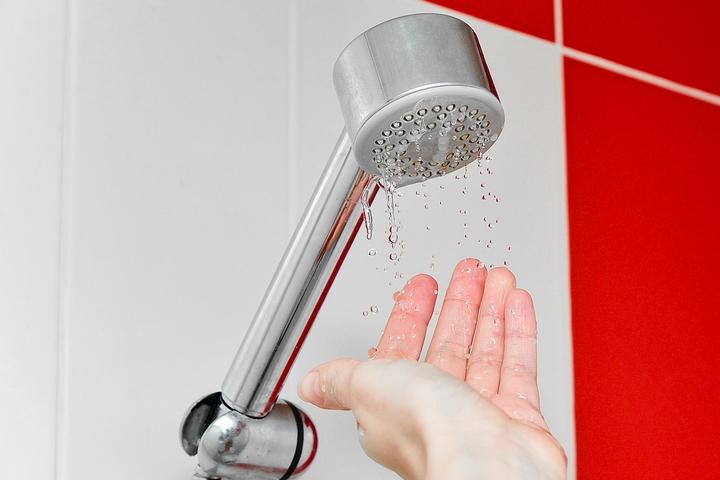
The primary causes of the low water pressure can include
Clogged pipes
The water pressure decreases when the flow of the water is obstructed. It would be advisable to check your pipes and plumbing for any sort of blocks and clogs. The deposits of hard minerals such as calcium and magnesium can cause clogs and result in clogged pipes.
We came across a very low water pressure on one of our faucets. We tried fixing it using several methods but ended up with finding no solution. One of plumber’s friends suggested us check plumbings and clogs in them.
Malfunctioning of the valves
The faulty valves can also be one of the common causes that can result in low water pressure. You can check your valves and replace or repair them as the case may be. When replacing the valves, make sure of the compatibility of your valves with the existing plumbing.
The valves do play a very important role in providing you the right quality of pressure. Make sure that you would have access to one of the excellent experiences that you would find quite essential.
Leakage
The leakage in the pipes can be yet another essential factor that you need to pay enough attention to if you notice any sort of low pressure in your water supply. Leaks in the plumbing system can be the primary cause for the low pressure.
One of the primary reasons for the leakage can be the due to a burst in one of the pipes. Check for any cracks in your pipes and address them instantly. In our experience, over 25% of the cases of low water pressure had the leakage as the underlying cause.
The faulty water pressure regulator
The water pressure regulators are designed to provide you access to the right kind of pressure that is required at your home. A faulty water pressure regulator is likely to result in creating issues with the right pressure.
The pressure regulator is designed to provide you a better moderation and stabilisation of the water pressure. It helps maintain the desired pressure range. If your pressure regulator has gone bad, it is time to repair or replace it to help increase water pressure.
Rationing of water
Before trying to fix the water pressure issues in your home, it may be a good idea to check out the rationing of the water in your region. If the water in your city is rationed, you are definitely likely to experience a low water pressure.
In most of the homes, there are several fixtures used for the proper flow of water. Increase in the demand for water can also be a reason for the low pressure. Checking the policy of your city with respect to the rationing of water can help you find if the issue is with your own home or a part of the entire city.
How to Increase Water Pressure Without a Pump?
There are several options available for helping you get access to the best ways to increase water pressure without a pump. Let us check out a few of the options that you can put to use.
Fix 1: Check with your neighbours
The first thing that you need to do is to check with your neighbours. If they are also having the same issues, the low water pressure can be due to the city’s public water supply. It can be due to several reasons.
One of the reasons can be the water supply in your region is metered or rationed. It can also be a result of the leakage and brokage of the pipes that lead to the water supply to your region. The low pressure can also be due to the leaks, blockages, buildup, and corrosion.
Fix 2: Check if your well pump is working properly
If you are getting your water from a well, it would be practical to check the water supply from your well pump. It can also be the reason for low water pressure in your region or home.
One of our clients had a deep well, and kept receiving a very low water pressure. Our analysis of the issue revealed that the centrifugal pump that they were using was not able to pump enough water from the well that was deep enough. Using an appropriate pump could help us solve the problem. If you are using a submersible pump, make sure that it is under proper maintenance.
Fix 3: Clear out the clogs
Mineral deposits inside the pipes and faucets can be yet another reason for the low water pressure. Anything that restricts the flow of the water is bound to lower the water pressure quite severely.
If you have minor clogs and blockages, it may be a good idea to get the clogs cleared by taking assistance from professionals. If your pipes have severe clogging, it may be necessary to replace the pipes completely.
Fix 4: Replace the water pressure regulator if needed
Most of the residences that receive a municipal water supply have a water pressure regulator. It may be installed near the meter or where the service line enters the property. This regulator helps maintain the proper pressure.
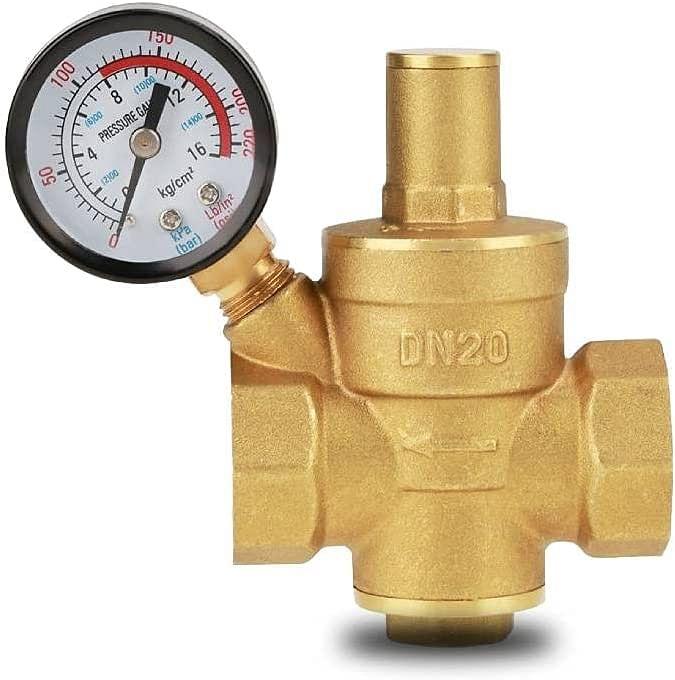
If the regulator has gone faulty, you will end up getting a low water pressure. It may also result in a water pressure that tends to be much erratic in nature. If that is the case in your home, it may be a good idea to replace or repair the water pressure regulator.
How to Increase Water Pressure in Shower Without a Pump?
The primary reason that can lower the water pressure in a shower is the clogged showerhead or other water restrictions. Addressing them can help you fix the issue more effectively.
Some of the best fixes that can help you fix the low water pressure on the shower can include:
- Clean the showerhead: Clean out the mineral build-up in your showerhead to help you fix the water pressure issues. You can remove the showerhead and soak it in vinegar to clean up all the debris.
- Remove the water restrictor: Removing the water restrictor inside the showerhead can be a great way to help increase the pressure. It can also be a good option to help you clear out the mineral build-up.
- Replace the shower hose: The next best option is to replace the shower hose. Any dent in the shower hose can result in creating issues with the water pressure.
The Final Thoughts
If you have low water pressure issues in your home and want to fix it without using the pump, it is always advisable to check out the different means to help you how fix the water pressure without using a pump. The analysis, know-how, and expertise that we have put into the task can be helpful in arriving at the best possible experience in fixing the issues. The tips outlined in the above discussion should definitely prove to be a great option in providing you with one of the excellent experiences.

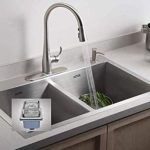

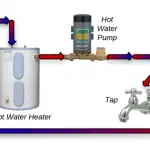
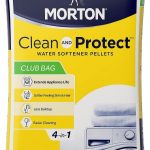
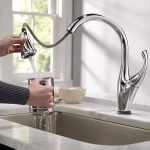





Add Comment